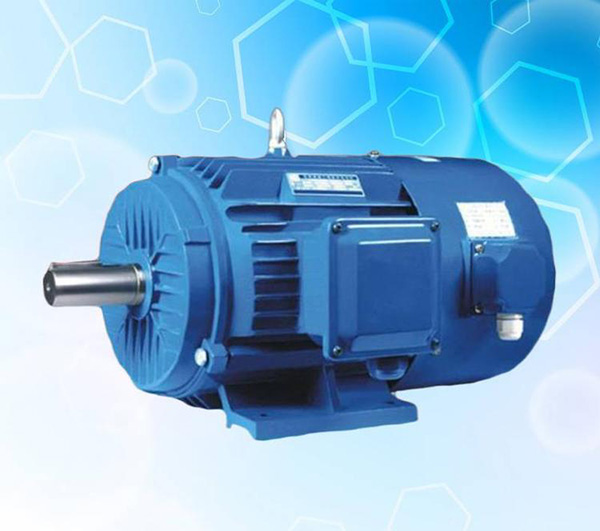According to the load characteristics of the drive equipment, it is divided into three types: constant power load, constant torque load and fan pump load. Different load types have different requirements on the inverter.
Constant power load
The torque required by the spindle of the machine tool and the coiler and uncoiler in the rolling mill, paper machine, and plastic film production line is generally inversely proportional to the rotation speed, which is a constant power load. The constant power property of the load should be in terms of a certain speed variation range. When the speed is very low, restricted by the mechanical strength, it will change to a constant torque load at low speed. When the speed of the motor is adjusted by constant magnetic flux, it is constant torque speed regulation; when the speed is weakened, it is constant power speed regulation.
Fan and pump loads
Fans, water pumps, oil pumps and other equipment rotate with the impeller. As the speed decreases, the torque decreases according to the square of the speed, and the power required by the load is proportional to the third power of the speed. When the required air volume and flow rate are reduced, the frequency converter can be used to adjust the air volume and flow rate by means of speed regulation, which can greatly save electricity. Since the power required at high speed increases too fast with the rotation speed, the fan and pump loads should not be run over the power frequency.
Constant torque load
The load torque (TL) remains constant or substantially constant at any speed. When the inverter drives a load with constant torque, the torque at low speed should be large enough and have enough overload capacity. If it is necessary to run at low speed at a steady speed, the heat dissipation performance of the motor should be considered to avoid the motor from being burned due to excessive temperature rise.

Summary of considerations when selecting a frequency converter:
● When the power frequency motor is driven by the inverter, the current of the motor will increase by 10-15%, and the temperature rise will increase by about 20-25%.
● When the inverter is used to control the high-speed motor, more high-order harmonics will be generated. And these higher harmonics will increase the output current value of the inverter. Therefore, when selecting a frequency converter, the power of the frequency converter should be one gear larger than that of an ordinary motor.
● Compared with ordinary squirrel-cage motors, winding motors are prone to overcurrent tripping, so a frequency converter with a slightly larger capacity than usual should be selected.
● When using the inverter to drive the gear reduction motor, the scope of use is limited by the lubrication method of the rotating part of the gear. There is a risk of running out of oil when the rated speed is exceeded.
● The motor current value is used as the basis for selecting the inverter, and the rated power of the motor is only for reference.
● The output of the inverter is rich in high-order harmonics, which will reduce the power factor and efficiency of the motor. (With the advancement of technology, the impact is to be verified)
● If the inverter needs to run with long cables, the influence of cables on performance should be considered, and special cables should be used if necessary. In order to make up for this problem, the inverter should enlarge the selection of one or two gears.
● In special occasions such as high temperature, frequent switching, high altitude, etc., the capacity of the inverter will decrease.
● Compared with the power frequency power supply, when the inverter drives the synchronous motor, the output capacity will be reduced by 10-20%.
● For loads with large torque fluctuations such as compressors and vibrators, and peak loads such as hydraulic pumps, you should fully understand the power frequency operation and select a larger frequency inverter.
Post time: 2022-02-14











